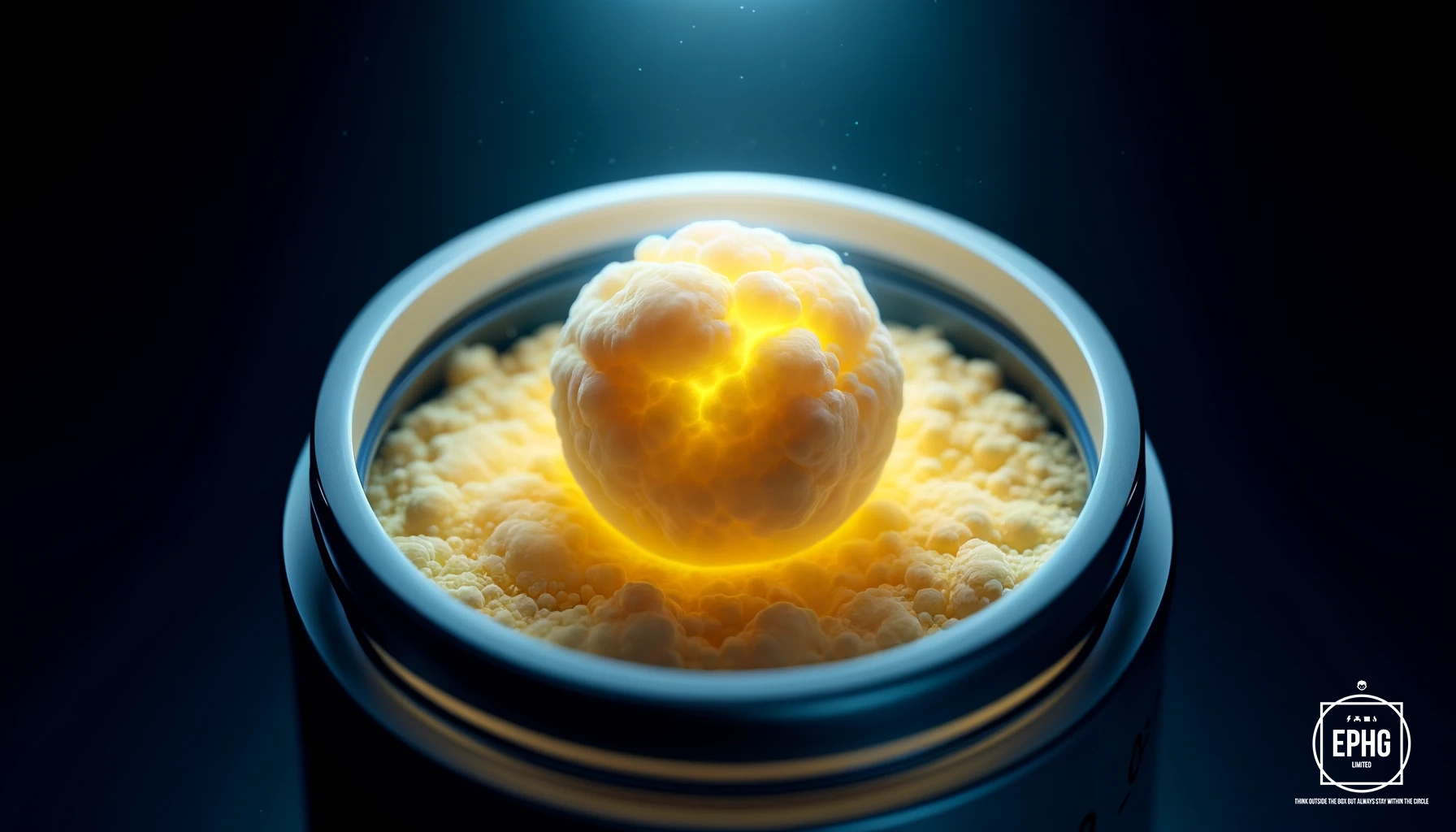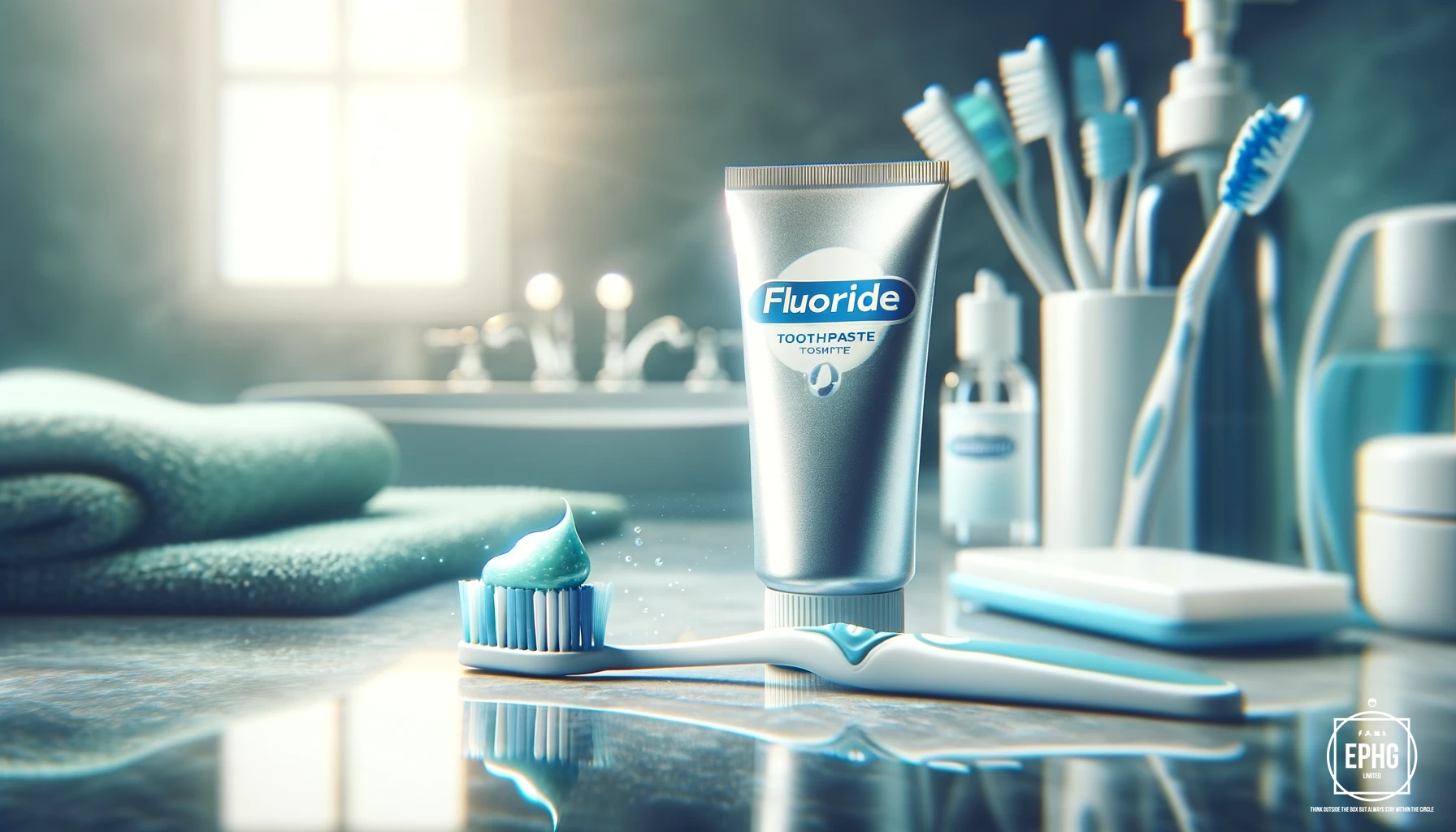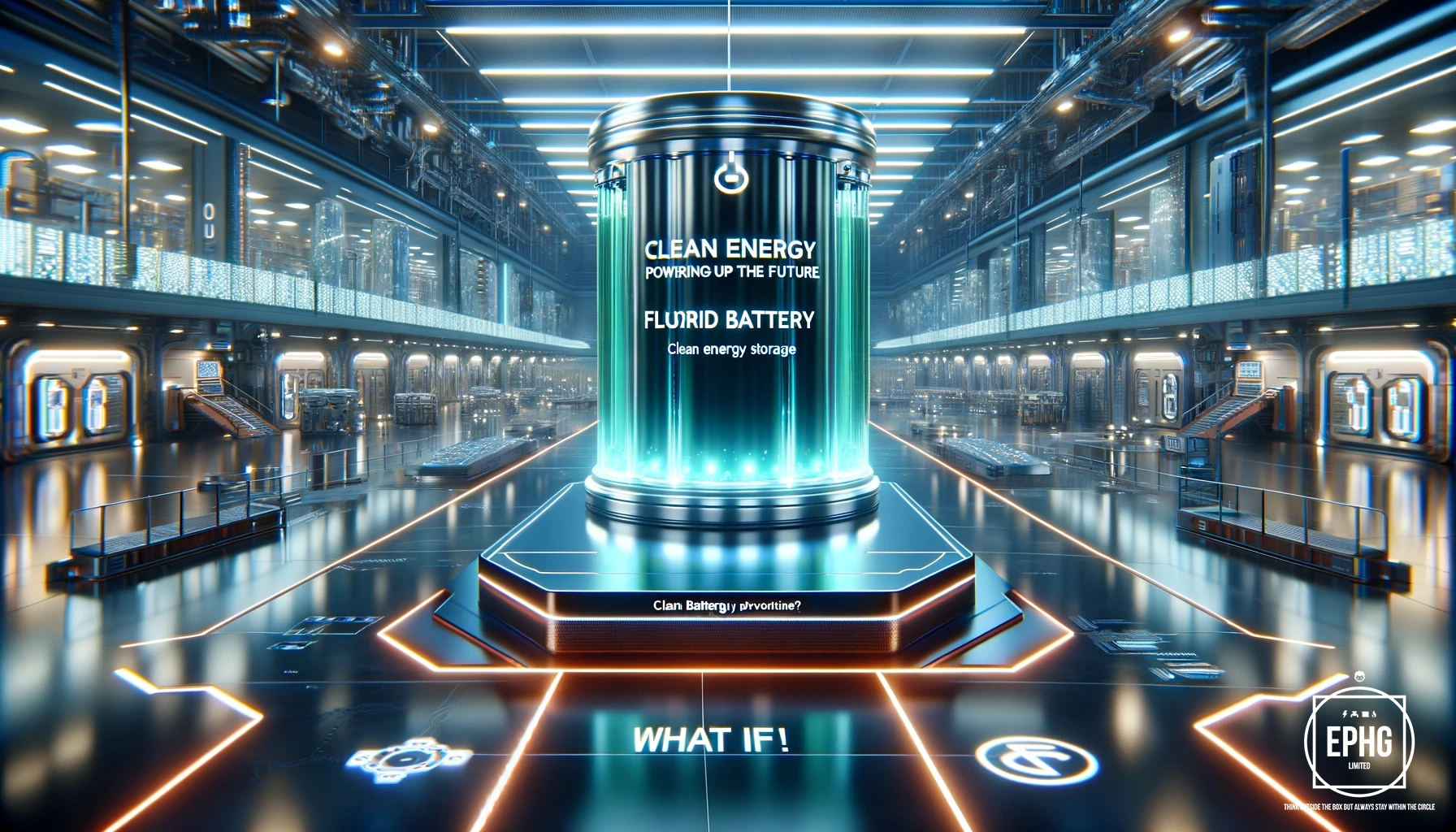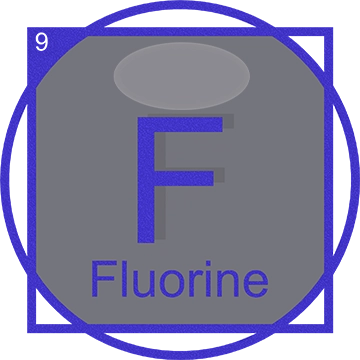The Dynamic World of Fluorine: From Discovery to Modern Applications
Introduction to Fluorine
Fluorine, with the chemical symbol 'F' and atomic number 9, is the most electronegative and reactive of all elements. As a member of the halogen group in the periodic table, fluorine's properties set it apart as a highly unique and valuable element in various scientific and industrial fields.
Discovery of Fluorine

Fluorine was first isolated by Henri Moissan in 1886, an achievement that later earned him the Nobel Prize in Chemistry. This discovery was significant due to the extreme challenges and dangers associated with isolating this highly reactive gas.
Fluorine in the Periodic Table
Located in Group 17 of the periodic table, fluorine is the lightest halogen. Its position reflects its reactivity and its ability to form compounds with nearly every other element, including noble gases under certain conditions.
Physical and Chemical Properties
Fluorine is a pale yellow gas at room temperature, with a distinctive pungent odor. It is highly corrosive, capable of attacking glass, metals, and even water. Its most notable chemical property is its ability to form extremely stable bonds with other elements, particularly in the form of fluorides.
Applications in Science and Technology

Fluorine's applications are vast and impactful. In the chemical industry, it is used for the production of a wide range of fluorinated compounds, such as refrigerants and high-performance polymers like Teflon. Fluorine is also critical in the manufacture of pharmaceuticals, with many drugs, including several antibiotics and antidepressants, containing fluorine atoms to enhance their effectiveness and stability.
Fluorine in Modern Technology
One of the most well-known applications of fluorine in technology is in nuclear energy, where uranium hexafluoride is used for uranium enrichment. Fluorine's ability to form compounds with uranium is crucial for the production of fuel for nuclear reactors and weapons. Additionally, fluorine compounds are extensively used in the manufacturing of solar panels and electronics, playing a key role in advancing sustainable energy solutions.
Future Prospects of Fluorine
The future of fluorine in scientific research and technological development looks promising. Ongoing innovations in fluorine chemistry are driving advances in materials science, medicine, and energy technologies. Researchers are exploring new fluorine compounds that could lead to breakthroughs in superconductivity, battery technologies, and even medical imaging techniques.
The relation between Flourine and Flouride
Fluorine is a chemical element with the symbol F and is the most electronegative and reactive of all elements. When fluorine gains an electron, it becomes fluoride, which is its anion form. Fluoride is simply the negative ion of fluorine and is found in many different compounds, including those used in toothpaste to prevent dental decay, in public water supplies for water fluoridation, and in various industrial applications.
The Use of Flouride with Toothpaste

Fluoride, a compound of the element fluorine, plays a crucial role in dental health and is a key ingredient in most toothpastes. Its primary benefit is the prevention of dental cavities by strengthening tooth enamel, the outer protective layer of teeth. Fluoride assists in the remineralization process, which repairs minor tooth decay before it becomes more severe. Regular use of fluoride toothpaste not only helps prevent decay but can also reverse early stages of tooth damage, making it an essential component of daily oral hygiene routines. Its widespread use in dental care products is credited with significantly reducing the prevalence of cavities in populations around the world.
Significant Fluorite Mines Around the World
Fluorite, a mineral form of calcium fluoride (CaF2), is mined in several key locations globally. Here are some of the major mines:
- China: As the world's largest producer, China has extensive mining operations in provinces such as Hunan, Jiangxi, and Zhejiang.
- Mexico: Notable for its large-scale fluorite mining, particularly in the states of San Luis Potosi, Durango, and Coahuila. The Las Cuevas mines near San Luis Potosi are some of the most prolific in the world.
- South Africa: Home to the Buffalo Fluorspar and Witkop Fluorspar mines, South Africa is a significant player in the fluorite market.
- Mongolia: The Bor-Undur mine is one of the largest fluorite mining centers in Mongolia.
- Spain: Known for its high-quality fluorite, the Asturias region in Spain hosts some of the largest reserves.
These mines primarily focus on extracting fluorite, which is used industrially to produce hydrofluoric acid and as a flux in steel-making.
Modern Applications of Fluoride

Today, fluoride is utilized extensively across various industries. In addition to its well-known use in dental care products to prevent tooth decay, fluoride compounds are crucial in the manufacturing of glass and ceramics, where they help lower the melting temperature and improve the properties of the materials. Fluoride is also used in the production of aluminum, where it acts as a flux to reduce the melting point of alumina.
In the realm of chemical manufacturing, fluoride is instrumental in the synthesis of organic and inorganic chemicals, including refrigerants and herbicides. Its ability to enhance the properties of certain materials makes it invaluable in industrial applications.
Future Prospects of Fluoride

As research progresses, the role of fluoride in science and technology continues to expand. Innovations in fluoride applications are being explored in fields such as energy storage, where fluorine compounds could play a role in developing new battery technologies. There is also ongoing research into the use of fluoride in nuclear medicine, particularly in the synthesis of radiopharmaceuticals for cancer diagnosis and therapy.
Furthermore, the unique properties of fluoride are being harnessed in the development of advanced materials, including high-performance polymers and ceramics that could withstand extreme conditions, offering exciting possibilities for aerospace and other high-tech industries.
Future Possibilities of Fluorine

Fluorine's unique chemical properties make it a candidate for numerous groundbreaking applications in the future. As research progresses, fluorine could play a critical role in developing next-generation materials for energy storage, such as in lightweight, high-capacity fluorine-based batteries that offer longer life and faster charging times. Additionally, its potential in healthcare is vast, with possibilities extending to advanced imaging techniques and targeted cancer therapies that utilize fluorine compounds for their radioactive properties. In the realm of environmental technology, fluorine could be essential in creating more efficient and less harmful refrigerants to reduce global warming impact. These future applications highlight fluorine's potential to significantly contribute to technological advancements across multiple industries.











